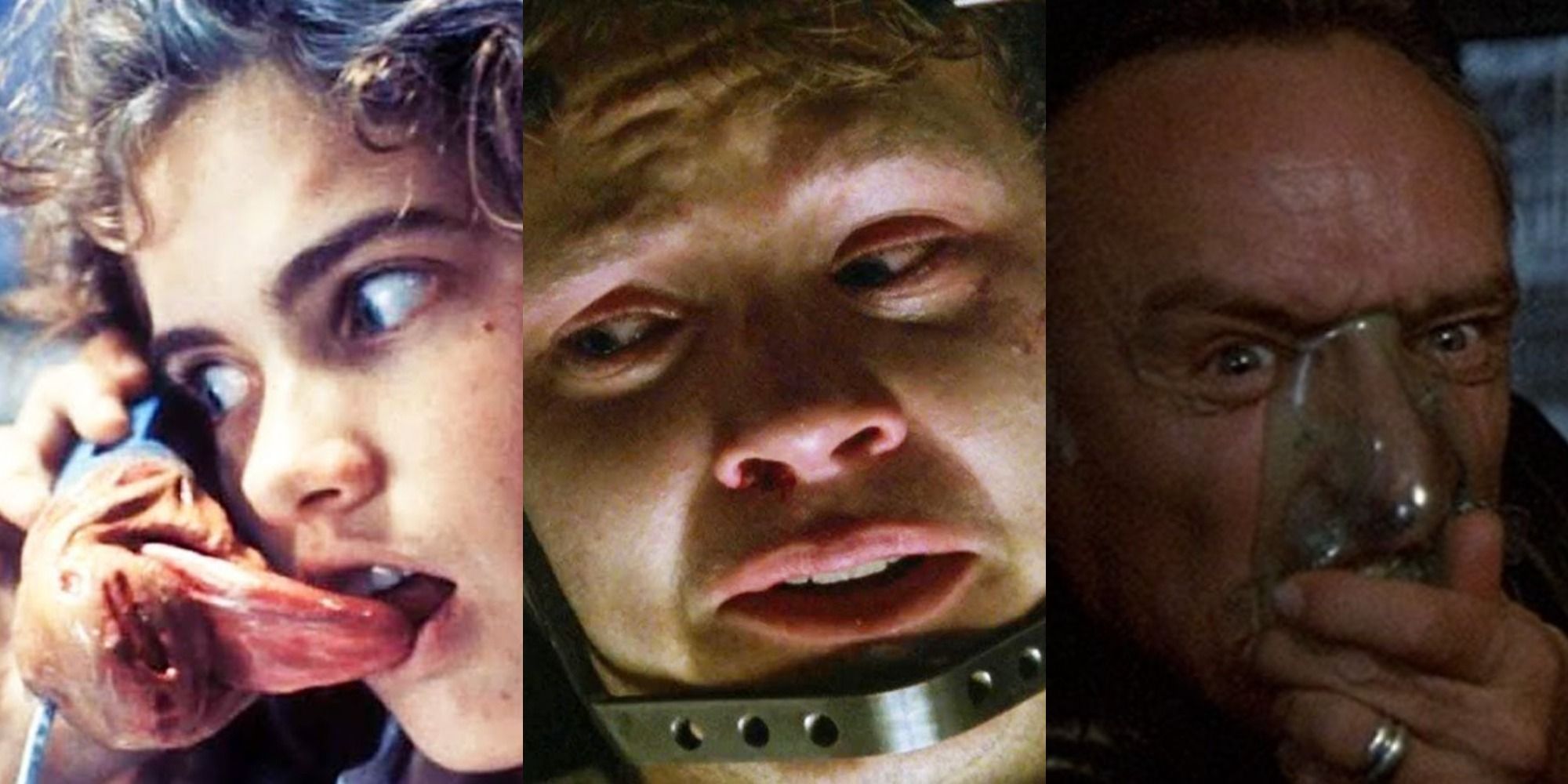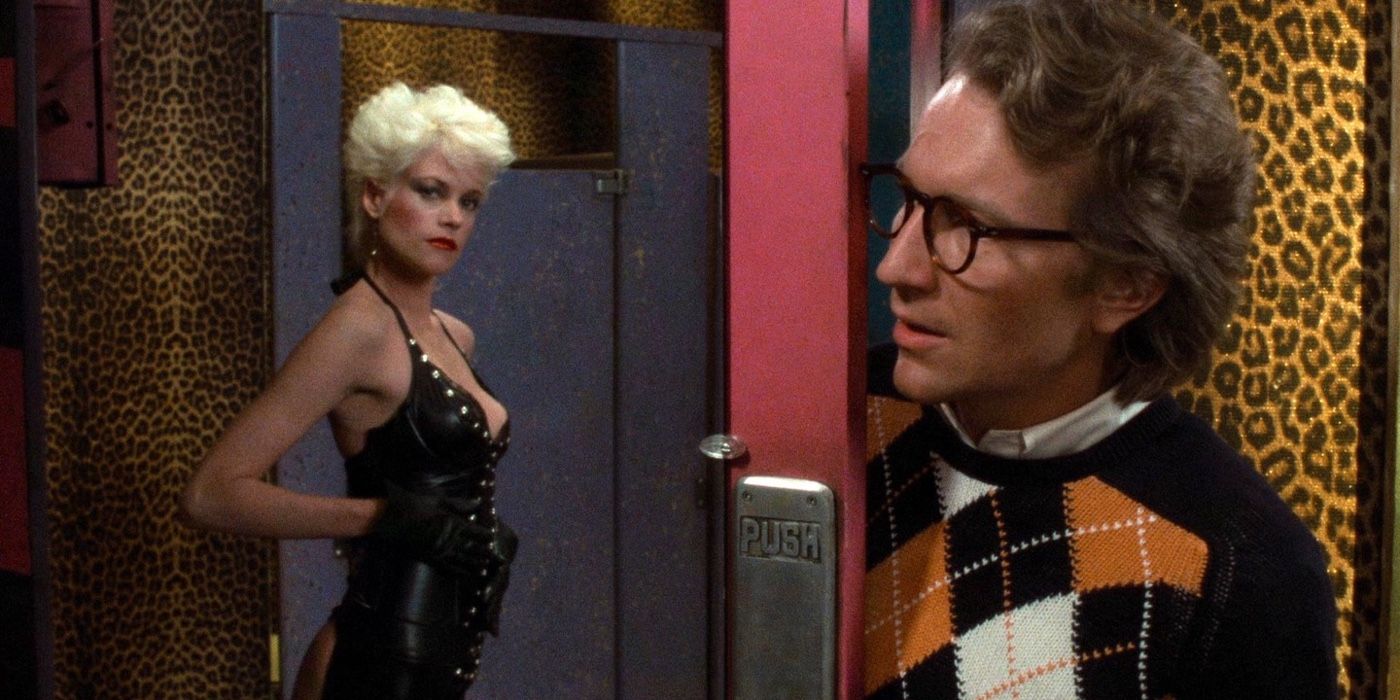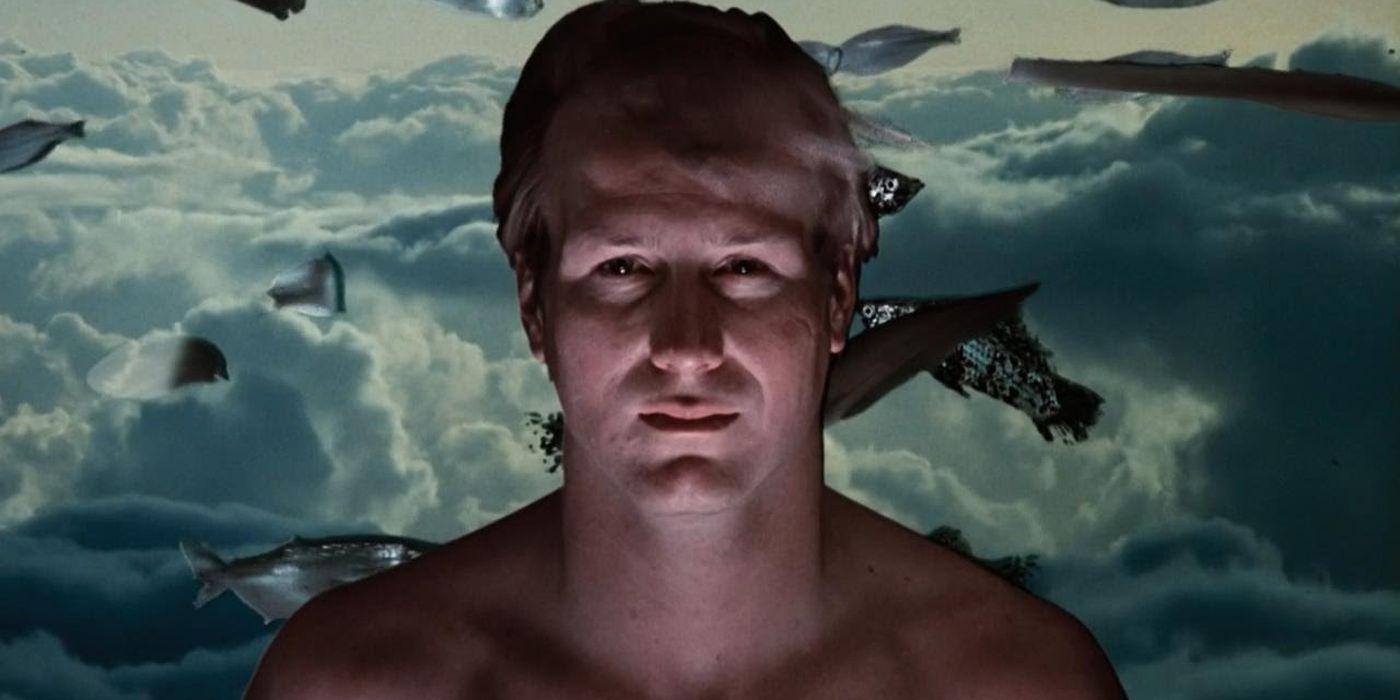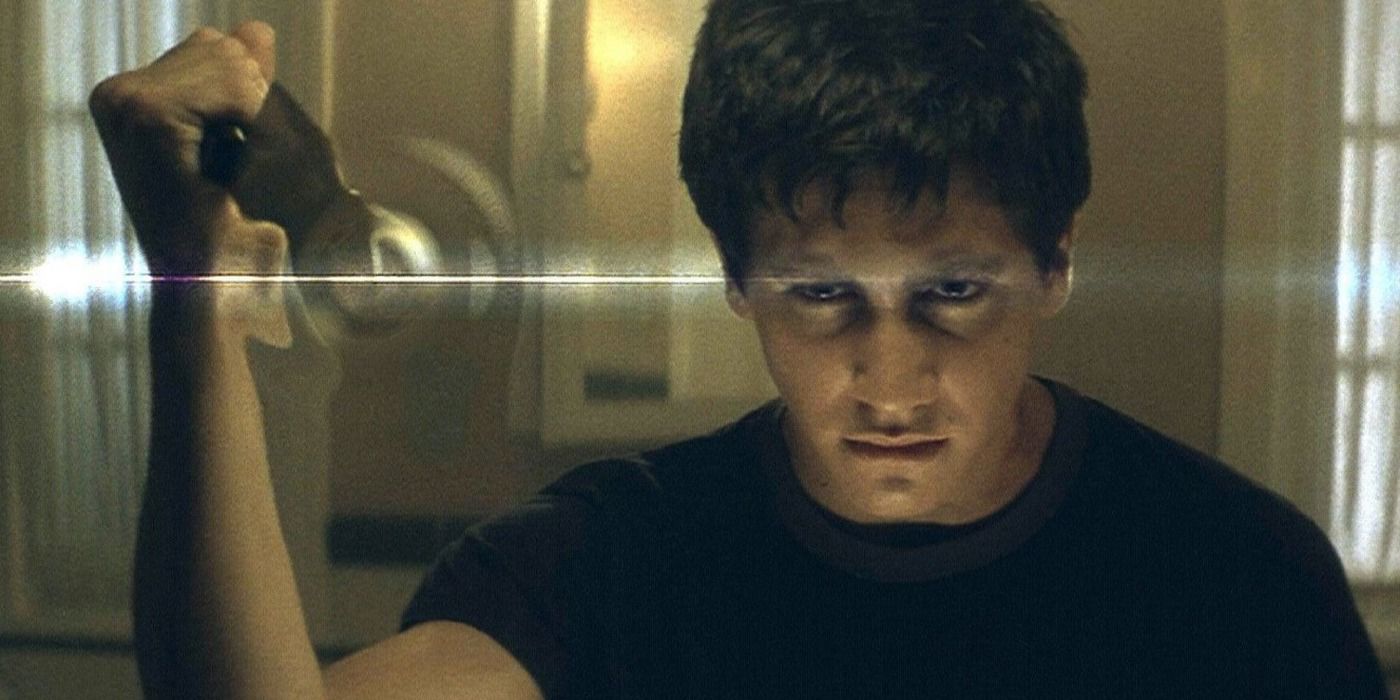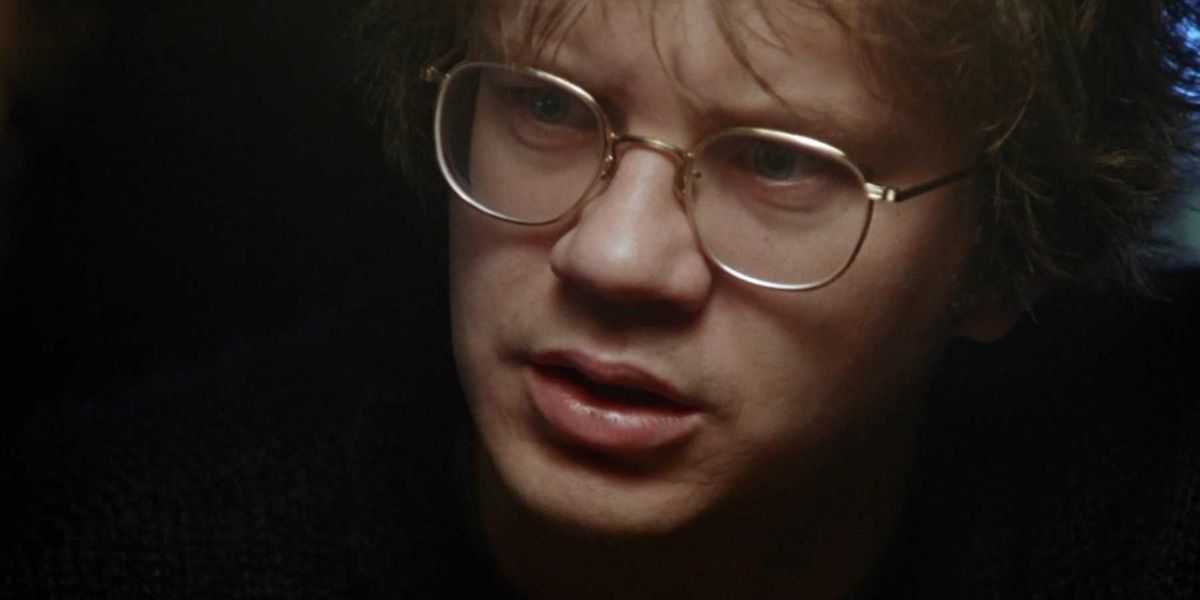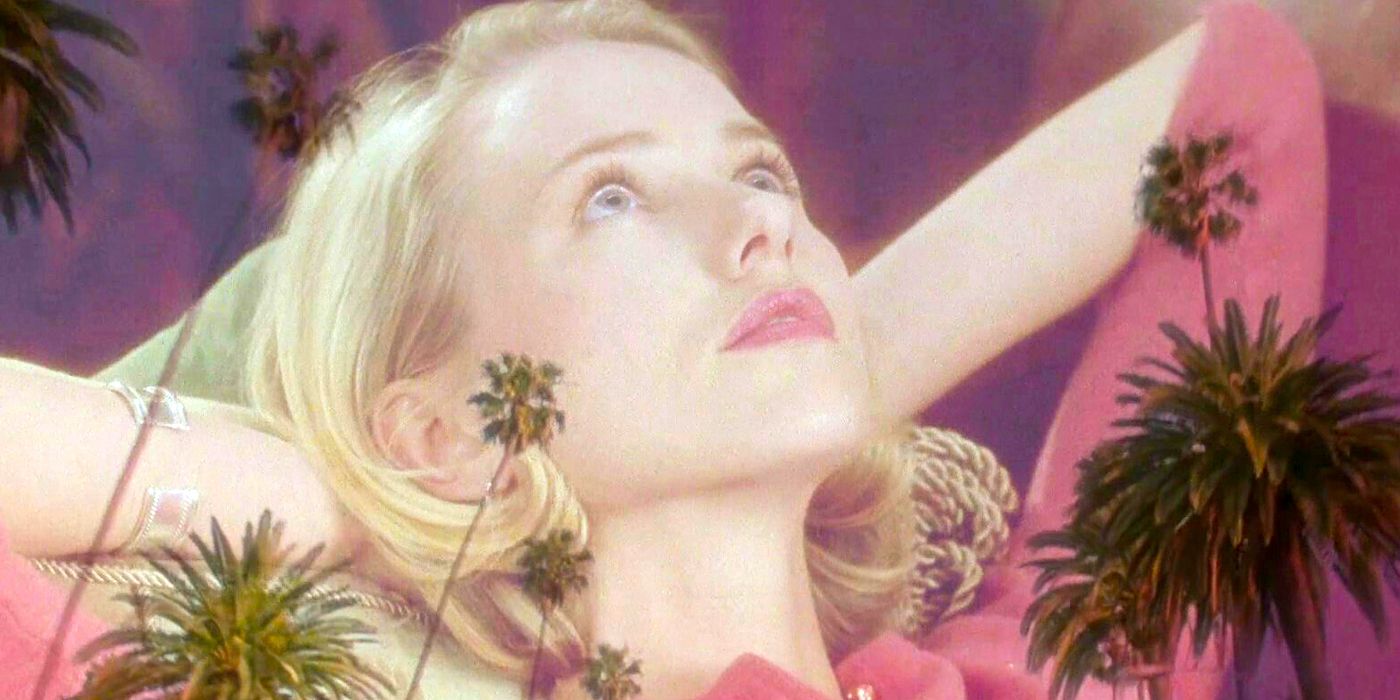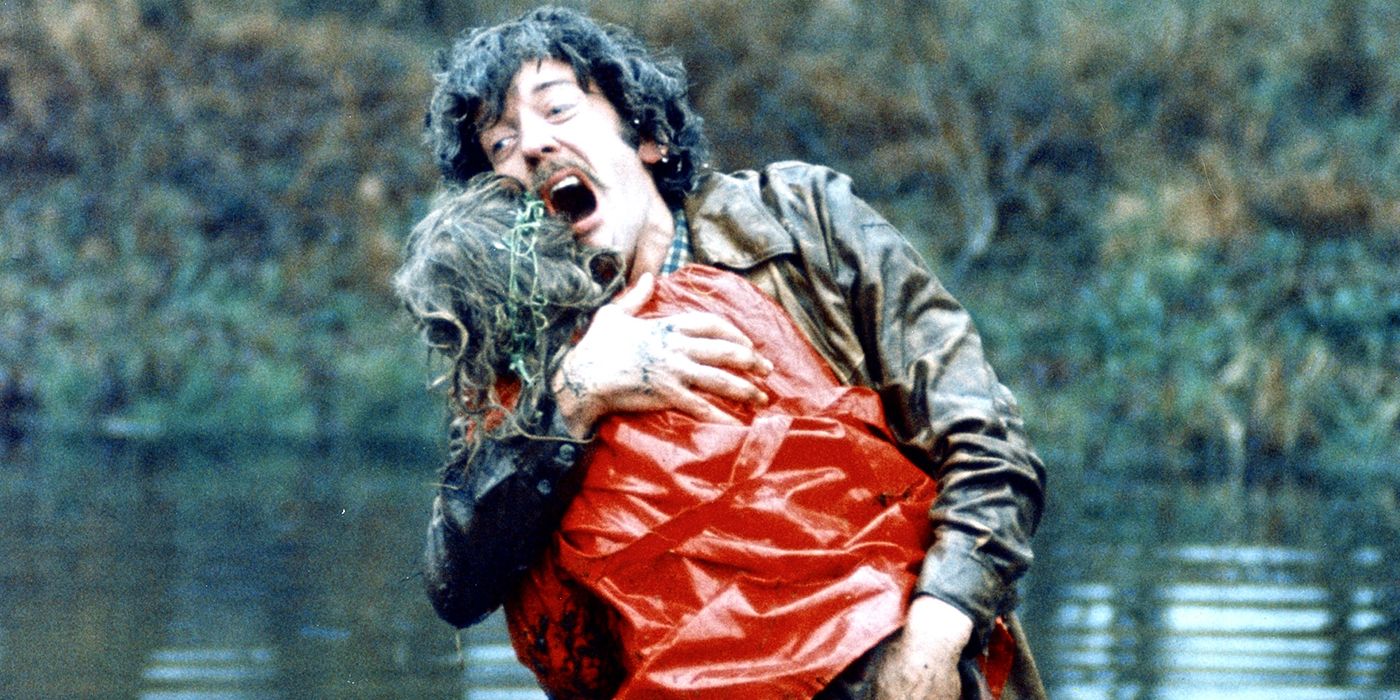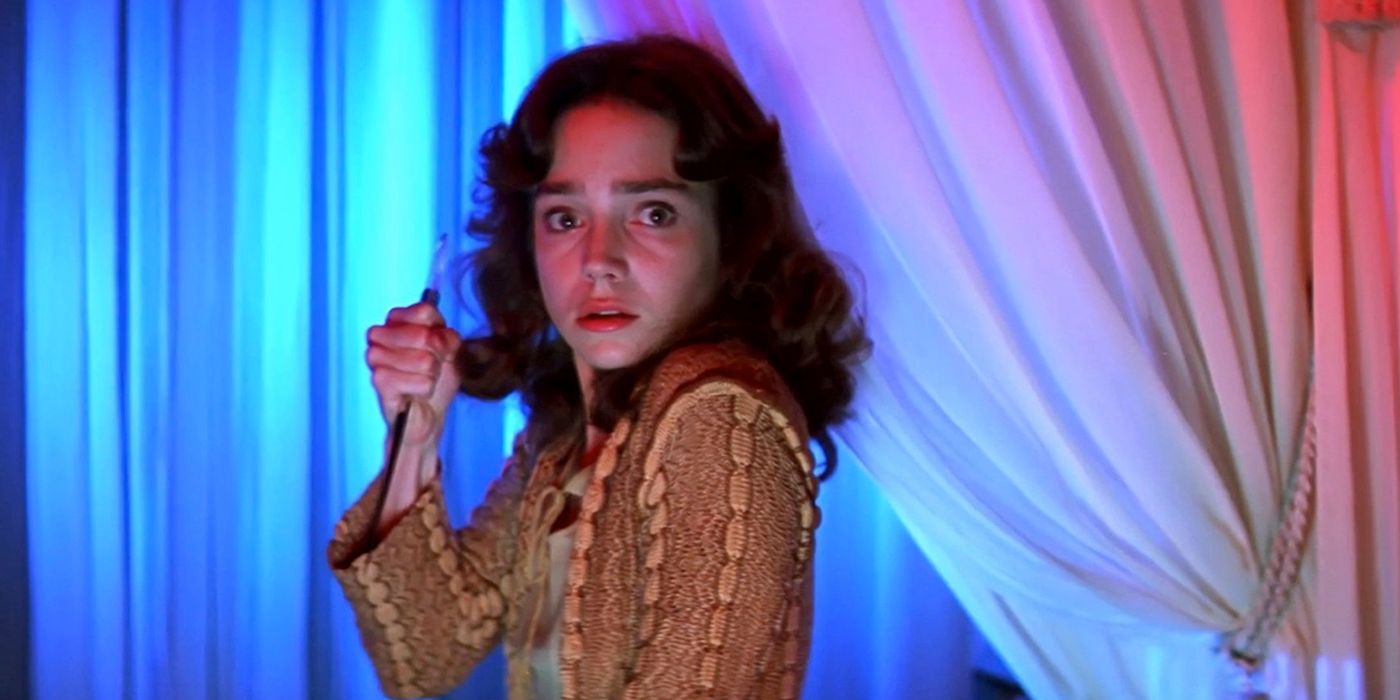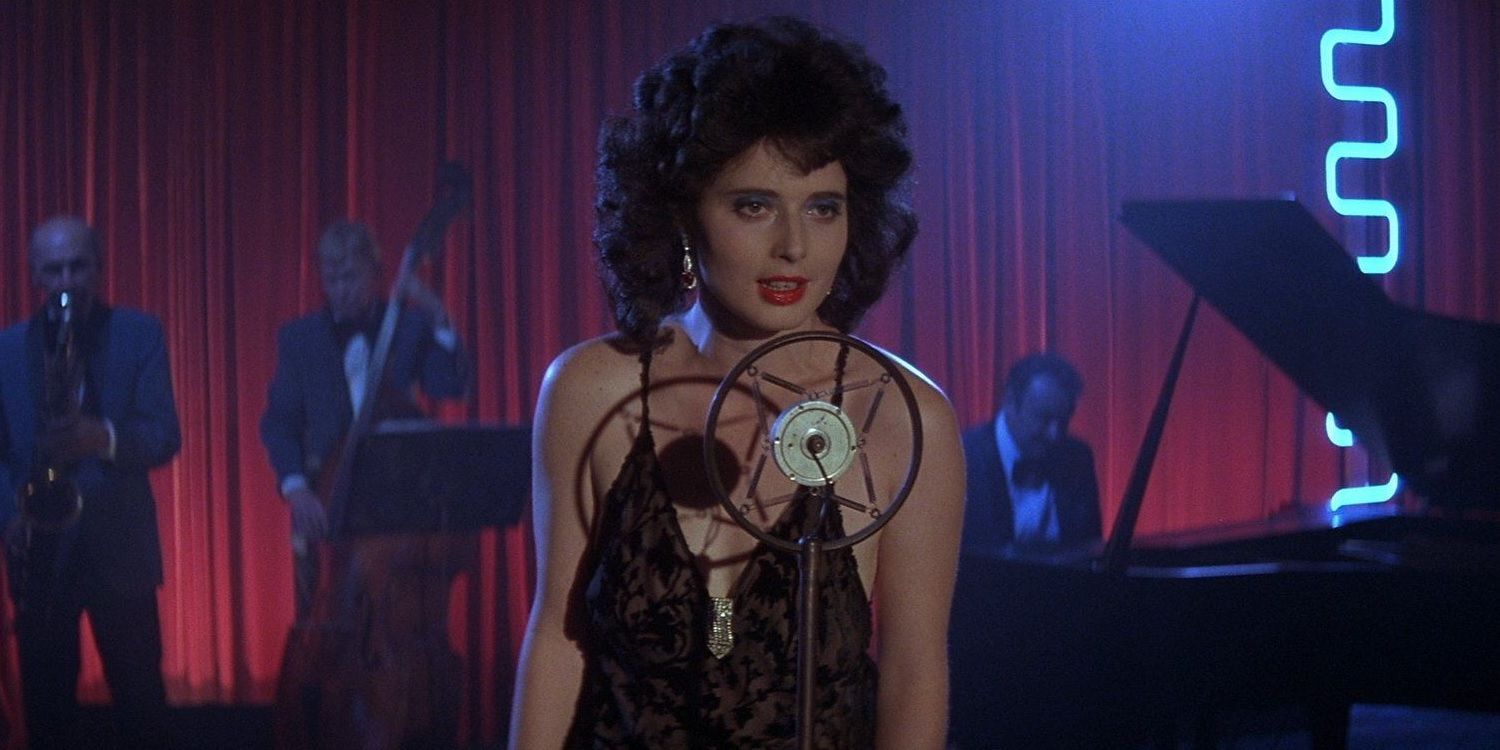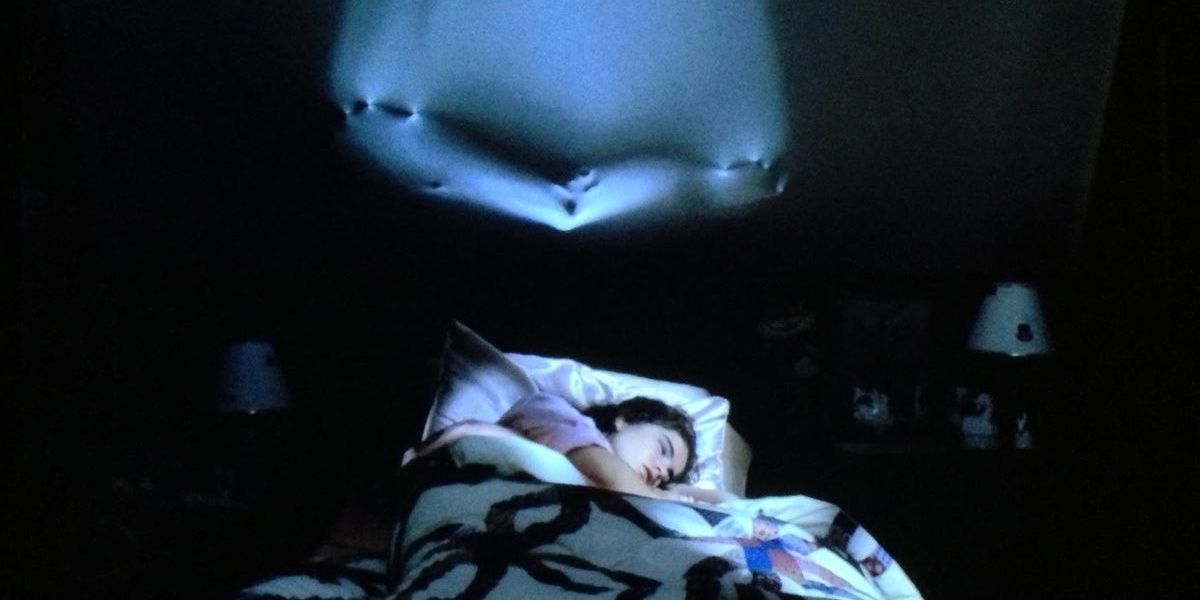Dream logic is more or less what it sounds like. It's a way of thinking that wouldn't quite match up with reality while awake. However, while dreaming, the mentality makes perfect sense. If any genre can take advantage of a dream state, it's the horror film or the thriller.
Dreams are not always pleasant, and the best examples of dream logic in horror are fully aware of this. Like dreams, these movies' tones can change from one scene to the next. The best horror is shocking and the best thrillers are surprising. With its unique unpredictability, dream logic has a way of emphasizing both shock and surprise to perplex and entertain the viewer.
Body Double (1984)
Brian De Palma's Body Double is most known for its full-length music video sequence of "Relax" by Frankie Goes to Hollywood. That sequence in and of itself feels very much like a dream as the lead protagonist wanders into a full-fledged musical dance number set in a seedy Hollywood club.
The movie as a whole isn't dissimilar. The 1980s were De Palma's ode-to-Hitchcock phase with Dressed to Kill as an homage to Psycho while this is an homage to Rear Window. The director incorporates a lot of Hitchcock's style and twists while adding an invasive, grimy edge, shocking violence, and haunting euphoria that adds to its dream-like passages.
Altered States (1980)
Playing the lead in his very first film, William Hurt's psychopathologist, Edward Jessup, puts himself through extreme duress throughout the entirety of Altered States. Using sensory deprivation, Jessup tests his theory that anything less than full consciousness is still effectively a variation of consciousness. While experimenting, he begins experiencing illusions of increasing intensity (from seeing a caveman to being transformed into one).
The dream logic of Altered States is legitimately unsettling because the illusions are so much more vivid than his "normal" life as they move from perceived impossibility to altered reality. It's one of the best obscure horror movies from the 1980s that is perfect for those who enjoy psychological terror over shock value.
Donnie Darko (2001)
Donnie Darko's color scheme goes a long way towards enfolding the audience in its dreamy, devastating embrace. Jake Gyllenhaal stars as the titular character, a teen who has been experiencing increasingly lurid dreams. Soon, an individual in a rabbit outfit is making recurring appearances, spouting foreboding prophecies of the world's end.
After waking up on a golf course, naturally disoriented, he goes home to find a large group of people in front of his home. And it appears Donnie has dodged death by dreaming because there's now a jet engine in his bedroom. By the movie's end, the audience is back to that jet engine in his bedroom, but so is he. It was all a 28-day premonition showing him how he would've been able to impact lives and find love with Gretchen Ross (Jena Malone). However, had he lived, the series of events would have led to her death. It's all very twisted and heartbreaking, making for a film whose dream logic holds up upon repeat viewings.
Jacob's Ladder (1990)
Even with repeat viewings, Jacob's Ladder is a surprising film that manages to mostly feel like reality. This makes the intermittent visions experienced by former infantryman Jacob Singer (Tim Robbins) all the more surprising.
In truth, none of it is reality. The PTSD symptoms experienced by Singer and his fellow soldiers are really his specific version of purgatory. The drug (the Ladder) given to them by the Army is also Jacob's personal ladder he refuses to climb. To climb the ladder would be to let go of his Earthly form, and he is emotionally unable to do so. The dream logic in Jacob's Ladder is notable for several reasons; poignancy is towards the top of the list. It all combines to make one of the 1990s' excellent but forgotten psychological horror movies.
Mulholland Drive (2001)
David Lynch's Mulholland Drive may not explicitly belong to the horror genre, but it certainly does carry a nightmarish tone, like a beautiful dream hiding a tragic undercurrent. That's fitting, as Lynch's narrative is concerned with revealing the seedy underbelly of Hollywood and how his female lead's naive dream of stardom turns into a waking nightmare.
What is so impressive about Mulholland Drive's dream logic is the ability for it to flip from lovely to devastating. Even the dialogue in the film toys with the notion of true consciousness. An emcee even multilingually tells the patrons of Club Silencio that everything they know is an illusion.
Don't Look Now (1973)
One of Donald Sutherland's best movies, Don't Look Now is a moody and hypnotic early '70s thriller. With an ending as deadly as it is emotionally devastating, the movie manages to feel like a nightmare on several levels. This is particularly true of the visions experienced by Sutherland's character, John Baxter.
There are also subtle visual cues that subconsciously prepare the viewer for its ending. Baxter chases what he thinks is his daughter through the alleys of Venice. She's wearing a red raincoat, just like the one his daughter was wearing when she drowned in the lake by their home. Instead, he learns too late that it's actually an older female, and she's a serial killer. His lurid dreams were actually premonitions of his own death.
Suspiria (1977)
Dario Argento's classic 1977 horror film Suspiria takes place in a gorgeous German dance academy. When it becomes apparent that there is a killer amongst the dancers, American ballet-dancer Suzy Bannion finds herself the target of a sinister coven.
The score by Goblin greatly assists in developing the movie's dreamlike ambiance. With whispers containing malicious energy, the soundtrack guides the viewer through a beautifully lit nightmare. Suspiria is a movie that never feels safe; every aspect of its production design serves to remove the viewer from the comfort of reality.
Blue Velvet (1986)
Arguably David Lynch's best movie, Blue Velvet manages to feel like a hazy, hardly-remembered nightmare from beginning to end. The film opens with Bobby Vinton's cover of the titular melody playing over shots of a seemingly idyllic neighborhood. A classic firetruck rolls down the street with the firefighter hanging off the side, his dalmatian right behind him. Then, a man waters his lawn only to convulse and fall over. The song still plays over the suddenly frightening imagery.
The movie gets more surreal from there, culminating in the introduction of lounge singer Dorothy Vallens (Isabella Rossellini) and psychotic gangster Frank Booth (Dennis Hopper). Vallens is introduced via her singing the same song, but slower in tempo, with the stage bathed in blue lighting. It's a comforting, alluring, and nerve-wracking scene all at the same time because the viewer gets the sense that Vallens is not there of her own volition. This is courtesy of Booth, who seems utterly disconnected from reality. Temperamental would be an understatement and his lack of predictability is emblematic of the film as a whole.
A Nightmare On Elm Street (1984)
A Nightmare on Elm Street is notable for several reasons. First, there's Robert Englund, who in the original film imbues the character of Freddy Krueger with a vague air of mystery. Instead of cracking jokes like in later installments, Krueger's humor here is sadistic and primarily visual. He'll extend his arms to inhuman lengths or slice off his fingers with a laugh.
Elm Street's dream world is a place where the unsettling can become real very quickly, only for unsettling to quickly transition into terrifying. Nancy Thompson seeing Tina Gray in a body bag is enough to be upsetting to both her and the viewer. The fact that the deceased is standing within the bag and speaking, even more so. But the image then becomes terrifying as bugs spill from Gray's mouth, them writhing on the floor beneath her feet. A Nightmare on Elm Street is filled with scares that could only be possible in a dream world.

